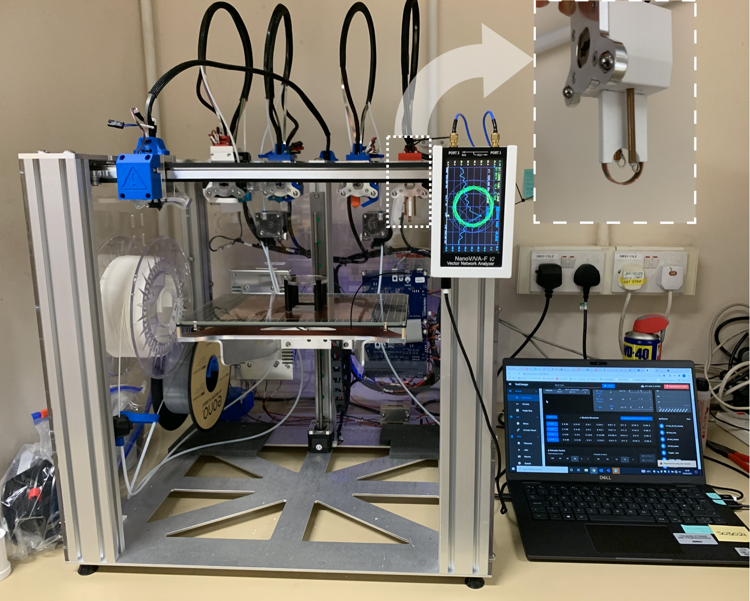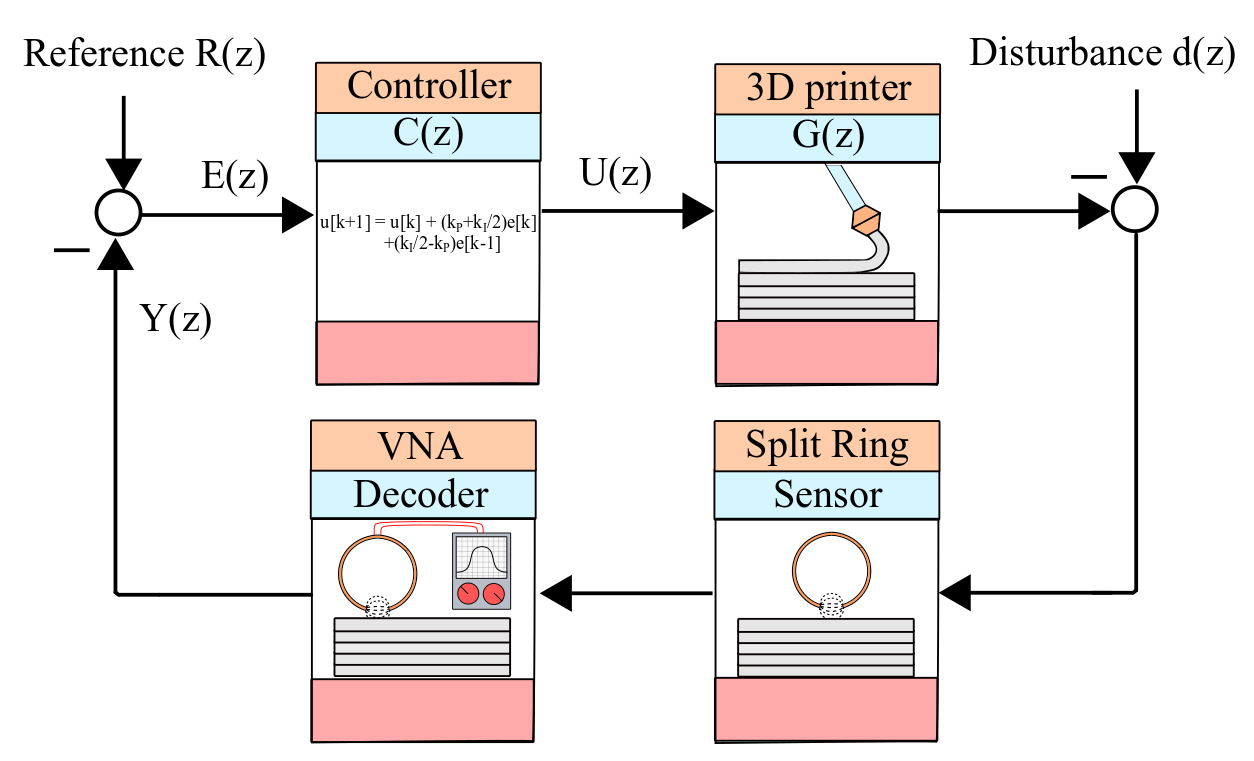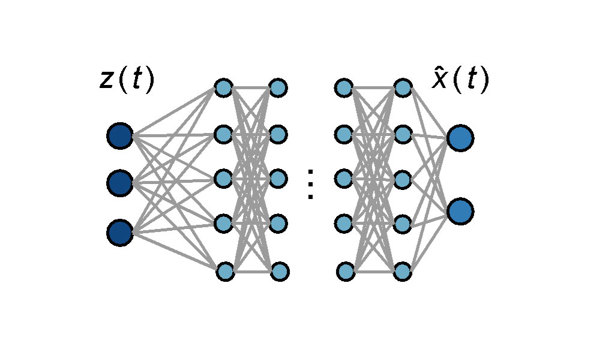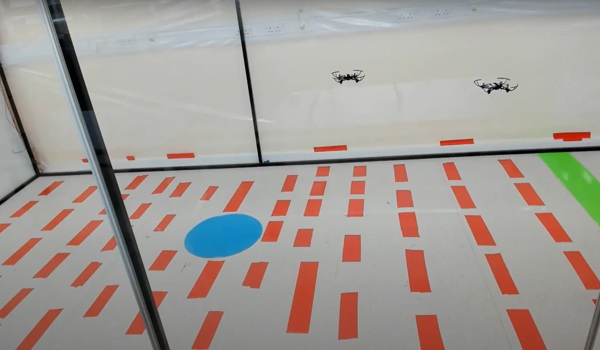09 Mar 2022
Controlled 3D Printing
Spotlight on work by Sophie Lekas
Additive Manufacturing (AM), commonly referred to as 3D printing, is the process of creating a 3D object by depositing or solidifying material in layers, each bonding to the previous layer. While AM has traditionally been used for rapid prototyping, it is increasingly being used to manufacture high value-added parts in a range of industries, including lightweight machinery, aerospace structures and medical devices. AM has several advantages compared to traditional manufacturing methods, such as severing material waste and energy and creating otherwise impossible geometries. However, producing parts in large numbers remains difficult due to lack of online quality control. AM processes are generally implemented as open-loop systems; therefore, they have no way to monitor defects which may compromise the final part. Our research focuses on incorporating a sensor into the 3D-printing process to enable online feedback control, therefore mitigating errors and producing more accurate parts. In particular, we are focusing on the fabrication of graded-index (GRIN) lenses, a device used in radio-frequency applications.
 Figure 1: The printing system including the 3D printer (E3D Toolchanger & MotionSystem) and the sensor (split-ring resonator).
Figure 1: The printing system including the 3D printer (E3D Toolchanger & MotionSystem) and the sensor (split-ring resonator).
A GRIN lens relies on spatially-varying permittivity, a measure of a material’s electric polarizability. Varying the permittivity through an object can be accomplished on a 3D printer by changing the infill density of each layer. A simple PI controller was implemented to control the permittivity through the lens depth. The control system uses a split-ring resonator to measure the permittivity of printed material, and a control action is then applied to update the printed infill density for the following layer. The controller’s performance demonstrates the potential for feedback control to improve the quality of 3D-printed GRIN lenses by enabling tighter part tolerances and online fault detection.

Figure 2: Illustration of the feedback loop used to implement online control of the permittivity of a GRIN lens.




